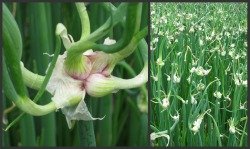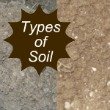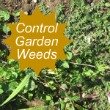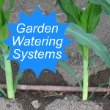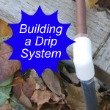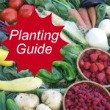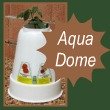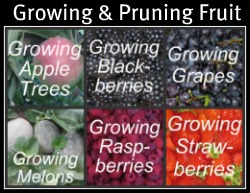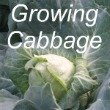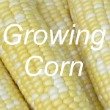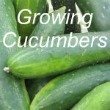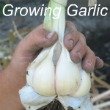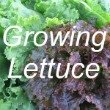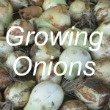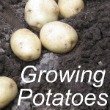|
Types of Soil
Soil Preparation Soil PreparationIn my 70 plus years of gardening and observing others try their hand at having a successful garden, the single most important principle in gardening is soil preparation. The underlying principle that you need to understand is that the roots of plants need to have air and water to develop and grow well. It is much the same way with our bodies. When our arteries start getting blocked and blood flow is reduced, the organs of our body are compromised and our health deteriorates. Clay: This is what my garden soil looked like before I started working with it. Loamy: This is what my soil looks like now. You can change different types of soil into rich loamy garden soil. If you have poor soil and don't have a lot of room, you might want to try
growing vegetables in containers.
Back to Top
There are basically three types of soil:
Clay soil will change by adding in large amounts of organic matter. If you do add in some sand, add in large amounts of organic matter with the sand. Peat moss is also really good for your garden. Don’t pay too much for the peat moss go for the free organic stuff.
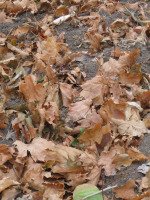
Any of these types of soil can be converted into an ideal, open, loamy, aerated soil. This improved soil will retain water and nutrients that are readily available for healthy plant growth. Deep plowing every few years will break up the hard pan in clay soils and improve water drainage. In the western part of the United States it is typical to have clay soil in your garden. I’m sure you have watched many people get excited in the spring of the year about having a wonderful garden. They till the soil, plant the seeds, water it, and then wonder why the seeds don’t grow very well. You’ll see that the soil gets hard and crusty as it dries. The soil returns to being as hard as it was before it was tilled. So how do you change your soil?
The answer is adding organic matter to the soil. My wife once asked a master gardener- How much organic matter or mulch should you add to your soil? The answer was- How much can you afford? It has been my experience that most organic matter is free for the asking if you are willing to go get it and till it into your home garden plot. Benefits of Garden WormsGarden worms are a valuable part of a healthy garden. Worms and organic matter synergistically work together to create rich, fertile, loose, well-drained, wonderful soil. Organic Fertilizer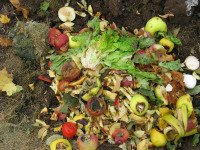
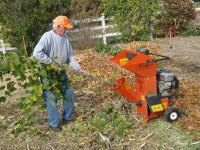
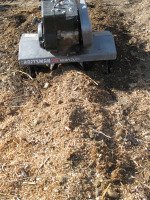
Inorganic FertilizerWhen planting the garden in the spring of the year sprinkle the following fertilizers along the row. All this is tilled into the soil. These three inorganic fertilizers go on top of the manure. After tilling, I rake the tilled soiled back into the center of the row and smooth it. This brings all the additives back where the newly planted seeds or plants can use the nutrients for growth. Continue to add all these things year after year and you will see the soil change from hard clay to a light loamy soil. The plants will flourish and grow big and healthy. You will also notice that the insect and disease problems will start disappearing. In recent years it hasn't been necessary for me to spray for aphids, squash bugs, or other pests that I had when my soil was not as good as it is now.
pH LevelsHave your soil tested if you’re not sure of its pH level. A good average is about 6.0 – 6.5 pH. Keep in mind that each plant has it own unique optimum pH level. Acidic Soil Alkaline Soil Elemental sulfur is also very beneficial for your soil. Elemental sulfur is converted into sulfuric acid by the activities of certain soil bacteria. This acidifies the soil. This is for Western soils. Fungal SporesAnother suggestion is to add a fungal Mycorrhizae which creates a symbiotic growth relationship with the plants and develops better root growth. These fungal spores can be added to young seedlings as you water the sprouting plants or added to the seeds as you plant them in your garden. Better HealthOne important reason to add all these things back into the soil is that the types of soil where our food grows have become depleted of essential nutrients and trace minerals that our bodies vitally need. One study showed that iron in spinach decreased from 172 mg to 2.2 mg of iron per 100 grams of product over a 45-year period. This is not only happening with iron, but it’s also happening with many other vitamins and minerals. These important and necessary nutrients are being lost. Then we wonder why we can’t maintain our health. As you follow these suggestions, you will see a wonderful transformation of your less desirable soil to a rich loamy soil. Seeing your healthy, thriving garden vegetables will put a smile on your face. Happy Gardening! Return to:Gardening Vegetables from Types of Soil |





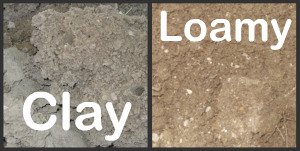 You will find that a healthy plant will have a well-developed root system to extract the necessary nutrients from the soil and to transfer these nutrients to the upper part of the plant. As we eat the plant, we then take in these vital nutrients.
You will find that a healthy plant will have a well-developed root system to extract the necessary nutrients from the soil and to transfer these nutrients to the upper part of the plant. As we eat the plant, we then take in these vital nutrients.

